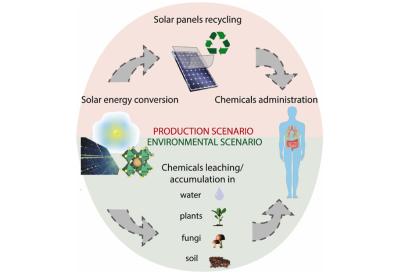EU's Project SUNREY targets sustainable and efficient perovskite solar cells with reduced lead content
Project SUNREY (”Boosting SUstaiNability, Reliability and EfficiencY of perovskite PV through novel materials and process engineering”) is a three-year project which started on November 1, 2022. It is coordinated by the Fraunhofer Institute for Applied Polymer Research IAP in Potsdam, Germany. The project aims to further the development of highly-efficient solar cells based on non-critical raw materials (with a focus on making perovskite solar cells more sustainable, efficient and durable) and to strengthen the innovation potential of the European industry.
SUNREY is funded by the European Union’s research and innovation program Horizon Europe within the framework of the Green Deal Initiative with 4.25 Million Euro.




